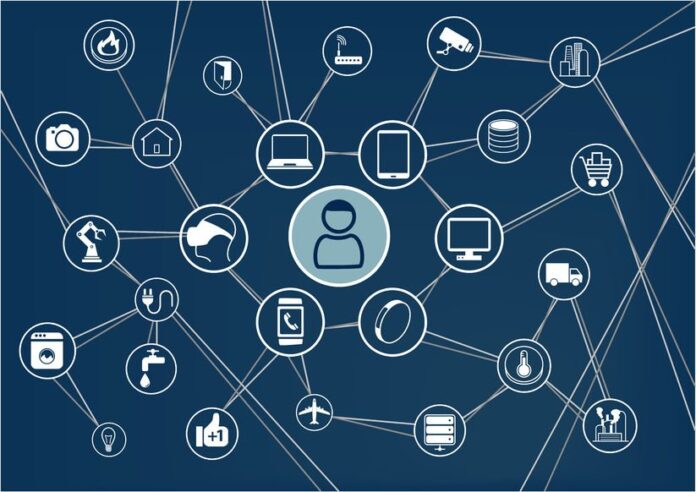SAN JOSE, Calif.–Mariusz Malkowski, technical services and businesses development director at Sigma Designs, delivered a presentation titled “Overcoming Battery Life: The Next Generation of Sensors” at the 2017 Sensors Expo and Conference, highlighting the future of battery life for sensors serving the internet of things (IoT).
As the IoT shifts he web from a way to connect people to a way to connect devices, far more instruments are connected to the internet than people. Cisco estimates approximately 50 billion devices will be connected to the internet by 2050, matching the estimated 10 billion people to occupy the planet five times over.
The need for longer battery life
Wireless sensors enable a myriad of applications, including monitoring temperature, humidity, pressure, flow rate and gas, to name just a few. Placing more sensors around the globe can help collect thorough and accurate information, otherwise known as big data, and usher in new cloud-based solutions.
“There will be a need for more and more sensors,” Malkowski said. “Sensors are an integral part of security systems. More and more sensing goes wireless simply because the world is going wireless. We all have cells phones; we all are used to having something right there that we can connect to and control to and use to make our lives easier.”
Accompanying the surge of web-connected devices is a need to power billions of battery-operated sensors that constitute these connections. It is not physically feasible to install wires to connect the billions of IoT sensors. Moreover, wireless sensors dependent on batteries drain their power quickly. This makes it difficult for IoT devices to operate for long periods of time. “Wireless is fairly good, but once you add the battery aspect to it, it gets really, really complicated,” Malkowski said.
What is needed is a kind of energy harvesting that can extend battery lifetime, Malkowski explained. To help the IoT reach its full potential, the next generation of sensors will need to be able store energy, regenerate themselves and waste a minimum amount of power. Another issue is whether internet protocol should be down to the sensor; whether every node should have an IP address. In addition, these systems need to be secure, easy to commission and resistant to jams.
The Z-Wave solution
Malkowski proposed a wireless communications protocol called Z-Wave as a way to address these hurdles. Z-Wave provides industry-leading security, wireless mesh networking, ultra low power and application level interoperability. “The biggest key if you compare us to others in terms of wireless technologies is interoperability. We have about 50 million devices out there from over 300 manufacturers and they all interact,” Malkowski said.
Another advantage of Z-Wave is its full-home coverage. Z-Wave’s mesh network uses a hybrid routing algorithm, which combines source and dynamic routing to reach a node in the network. To avoid interference and dropped packets, Z-Wave uses the Sub-Ghz range used by other methodologies. Furthermore, unique FLiRS technology enables near real time communication with battery driven devices at 50uA for multi-year battery life. Enabling fast wake up of smart devices will lower average current and lengthen battery life, Malkowski noted.
Energy harvesting
Sigma Designs is also trying to extend battery life with energy harvesting using ambient energy sources, including natural and artificial light, radiators, water pipes, push buttons, doors and windows. Ambient energy sources remove the need for maintenance and battery exchange, but may increase the cost of a product’s bill of materials (BOM).
“Z-Wave is not to replace wifi or bluetooth; it’s to compliment these technologies because we believe we can be a great partner to work with and bring technology to enable the IoT,” Malkowski concluded.

